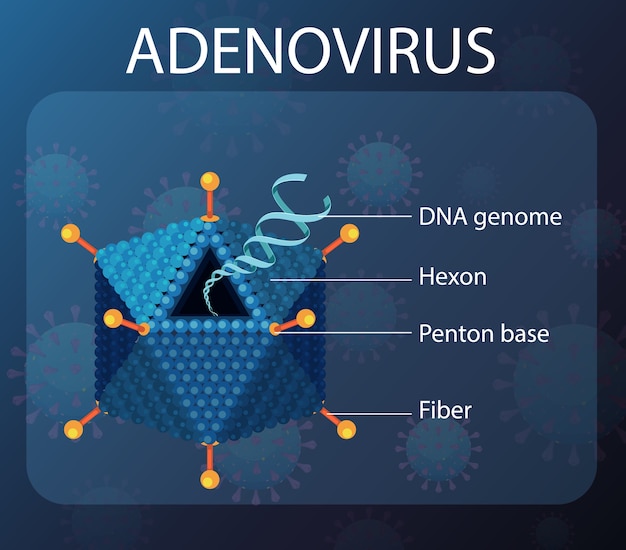Gene editing has fascinated the world for decades, offering tantalizing possibilities for curing diseases, improving crop resilience, and even eradicating some of humanity’s most stubborn genetic disorders. Now, with the arrival of CRISPR 3., we stand at the threshold of a revolutionary chapter in biotechnology—one with the potential to reshape medicine, agriculture, and our understanding of what is scientifically possible. Let’s explore how this latest evolution in gene editing is making waves and what it means for our collective future.
Understanding the Evolution of CRISPR
To truly appreciate the significance of CRISPR 3., it helps to look back at where this technology started. First emerging in scientific headlines just over a decade ago, the initial version of CRISPR-Cas9 quickly made a name for itself as a groundbreaking genetic “scissors.” This technology allowed researchers to cut DNA at targeted spots and introduce beneficial changes with remarkable precision.
However, as with all pioneering inventions, the initial wave of CRISPR had its limitations. Off-target effects—where unintended parts of the genome were edited—and challenges with efficiency left room for improvement. Soon, enhanced versions began to appear, like CRISPR 2., which brought higher accuracy and the ability to make more nuanced edits without causing breaks in the DNA strand. The evolution was rapid, and enthusiasm grew worldwide.
CRISPR 3.: A Leap Forward in Gene Editing
Enter CRISPR 3., an exciting advancement that pushes the boundaries of what was possible with previous versions. Scientists have equipped this new iteration with advanced mechanisms for pinpoint accuracy, enabling edits at the base-pair level—a level of detail that’s akin to swapping out letters in a novel to change its entire meaning.
One of the most impressive features is its minimal risk of off-target effects, drastically increasing its safety profile. Unlike earlier versions, CRISPR 3. can work efficiently even in complex, living organisms with minimal disruption. This opens the door not just further for medical breakthroughs, but for agricultural enhancements and even environmental conservation efforts.
Medical Marvels: What This Means for Treating Disease
Imagine visiting your doctor, only to learn that a single, precise genetic tweak could reverse a life-threatening condition. With the power of CRISPR 3., this vision inches much closer to reality. Scientists are already using this advanced technology in clinical settings to address genetic disorders ranging from sickle cell anemia to certain forms of inherited blindness.
Its finer editing capabilities mean that doctors can target problematic genes while leaving healthy ones completely unscathed. For patients, this translates into more effective treatments with fewer side effects. Cancer therapies may also benefit, as researchers design immune cells that can hunt down tumors far more aggressively and accurately.
At the same time, ethical considerations are top of mind. Experts urge caution, advocating for strict regulations and oversight to ensure responsible usage of this potent tool. While the promise is stunning, it’s vital that the technology is used to heal and help—never to harm.
Agriculture and Environmental Gains
The advances of CRISPR 3. are not limited to medicine. Across the globe, scientists are harnessing its power to fortify crops against drought, pests, and disease—all without introducing foreign DNA, something many consumers find more acceptable than traditional genetic modification. Enhanced crop varieties could improve food security, reduce dependency on harmful pesticides, and adapt more easily to climate change.
On the environmental front, CRISPR 3. offers researchers new ways to control invasive species or even revive endangered populations. By editing specific genes, wildlife experts can address traits that favor survival or restore ecological balance—actions once considered out of reach.
Navigating the Road Ahead
As with any scientific discovery, the road to full adoption is paved with questions as well as optimism. One of the biggest hurdles will be making sure that CRISPR 3.’s benefits are accessible and affordable to all, not just the privileged few. Equitable access to gene therapy and technology remains a top concern for policymakers and ethicists alike.
There’s also the matter of social acceptance.Although there is no denying the public's enthusiasm for gene editing, reservations persist. Transparent communication is vital—explaining not just the how, but also the why—to help ease concerns and foster trust between scientists and the public.
The Future Beckons: A New Era for Humanity
CRISPR 3. is more than just a new chapter in gene editing; it signals a coming-of-age moment for biotechnology. The scientific community is only beginning to grasp the full range of possibilities, from healing previously incurable diseases to tackling the grand challenges of food security and environmental sustainability. Collaboration between researchers, policymakers, and society will be crucial to ensure this powerful tool is wielded thoughtfully and for the greatest good.
If the past teaches us anything, it’s that scientific progress never stands still. CRISPR 3. is fueling imagination and innovation in unprecedented ways, opening doors we never knew existed. As this technology continues to evolve, we’ll no doubt see breakthroughs that once seemed the stuff of science fiction.
For those curious to dive deeper into the latest breakthroughs and trends in gene editing, you can always read more blogs on Number9millerton. Stay informed as we journey together into a future shaped not just by what we inherit in our genes, but by the choices we make using these remarkable scientific tools.
Conclusion
CRISPR 3. embodies the future we once dreamed of—where precise, affordable, and safe gene editing is not just possible but practical. As this transformative technology gains momentum, the promise of healthier lives, resilient crops, and revived ecosystems comes into sharper focus. The ethical and societal questions remain complex, but there’s no doubt: gene editing has entered a new era.

